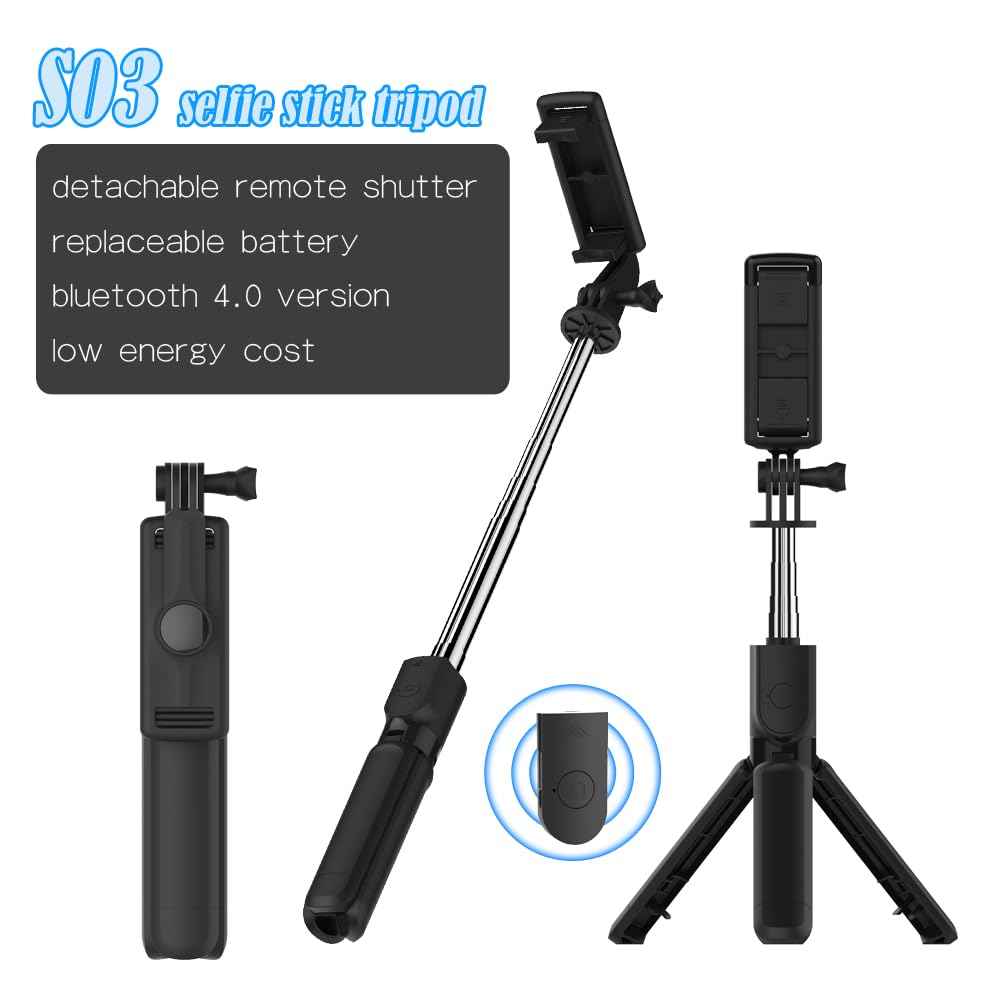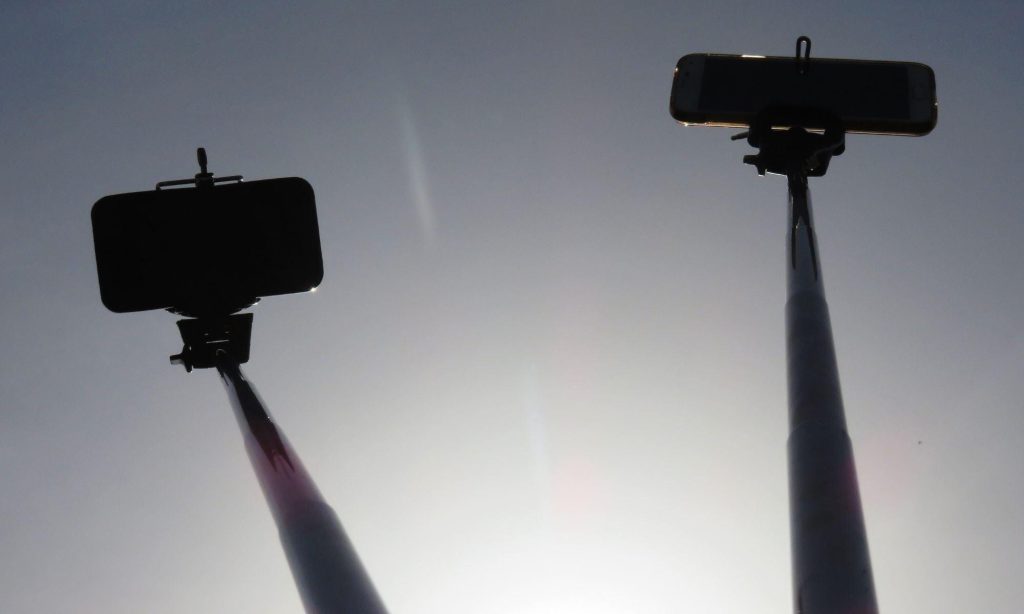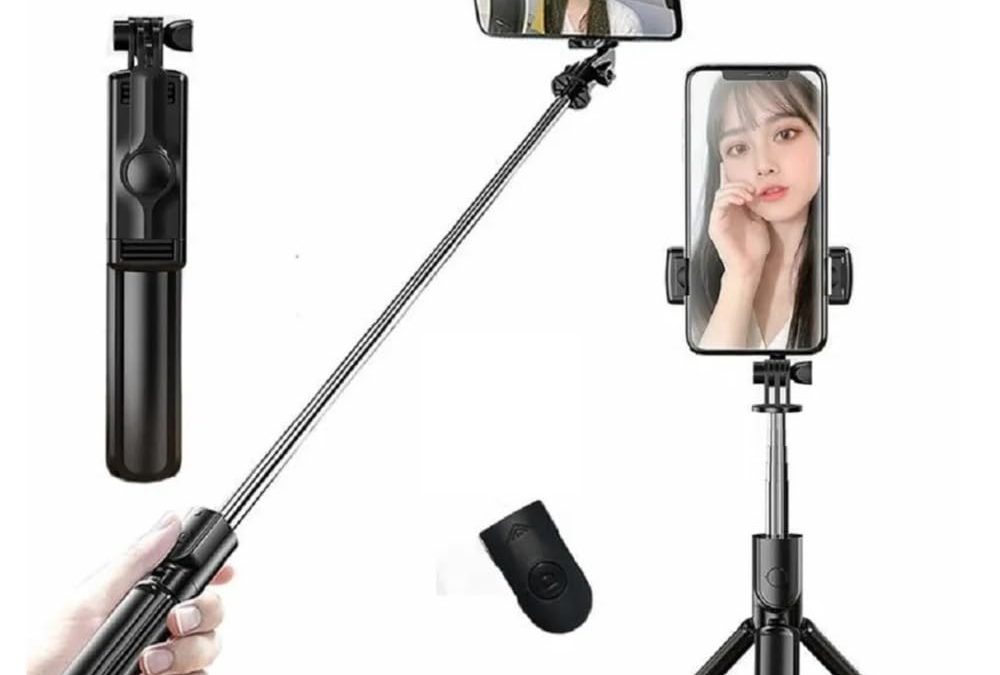In today’s content-driven world, capturing smooth, professional-quality videos is essential, whether you’re a travel vlogger, social media influencer, or just documenting life as it happens. One of the biggest challenges facing mobile videographers is camera shake—the frustrating tremor that can ruin an otherwise perfect shot. A high-quality portable selfie stick can be your secret weapon against shaky videos, but only if you choose one and use it correctly. This comprehensive guide will walk you through choosing the right portable selfie stick and mastering the techniques to get smooth footage every time.
The importance of stable videos has grown exponentially with the rise of platforms like TikTok, Instagram Reels, and YouTube Shorts, where audiences expect amateur creators to shoot broadcast-quality content. While smartphone cameras have improved significantly, they’re still susceptible to the natural tremors of the human hand.
Choose the Right Portable Selfie Stick for Stability
When it comes to steady shots, not all portable selfie sticks are created equal. The foundation for shake-free videos starts with choosing a device designed for stability. Look for a selfie stick with a weighted base or one that converts into a mini tripod for added stability. Telescopic selfie sticks with a sturdy locking mechanism prevent unwanted extension shake during use. Consider weight—too light and it won’t dampen the action; too heavy and it’ll be uncomfortable to use for long periods. Premium models often have rubber grips that absorb vibrations and provide better control. If you often shoot action scenes, consider a selfie stick with a built-in gimbal stabilizer for a higher level of fluidity.
Material composition plays a crucial role in a selfie stick’s stabilization capabilities. Aluminum alloy brackets offer an excellent balance between lightweight durability and shock absorption, while carbon fiber brackets offer excellent rigidity for maximum stability.

Proper Grip Tips
How you hold your portable selfie stick can greatly affect video stability. Many users make the mistake of gripping it too tightly, which actually transfers more hand tremors to the camera. Instead, hold the bracket loosely but firmly, keeping your elbows slightly bent and close to your body to create natural stability. For maximum stability, use two hands whenever possible—one hand on the handle and the other to support the middle. When walking and shooting, move smoothly with your hips rather than your shoulders to minimize upper body movement. Practice different holds to find the one that works best for your shooting style and physical comfort. Remember that your body can act as a natural stabilizer when you use the right posture and movement techniques.
Your posture is also important; standing with your feet shoulder-width apart creates a more stable base than standing with your feet together. When shooting in windy conditions, position your body as a windbreak between the breeze and the selfie stick. For low-angle shots, consider getting down on one knee and resting your elbow on your raised knee for added support. These subtle adjustments to your grip and posture can make a noticeable difference in the flow of your footage.
Optimal Extension Length
The extension length of a portable selfie stick can significantly affect video stability. A fully extended selfie stick is more prone to vibration and sway while extending it too short can create awkward arm angles. In general, extend the selfie stick just long enough to frame the shot comfortably but no longer than necessary. For walking shots, holding the selfie stick at about 75% of its maximum extension length usually provides the best balance between reach and stability. When stationary, consider using a shorter extension length and moving your whole body to adjust the composition rather than just adjusting the selfie stick. Many experienced videographers use the “triangle technique” — creating stability by resting both elbows against your torso and extending the selfie stick, forming a stable triangle support system.
Different shooting scenarios require different reach strategies. For selfie-style headshot videos, a moderate reach, with the camera just above eye level, is the most flattering and stable. When shooting establishing shots or group photos, a full extension may be necessary, but try to support the selfie stick against your body at multiple points to minimize shake.
Movement tips for using a selfie stick
Smooth movement is key to professional videos, and using a portable selfie stick correctly can help. For panning shots, rotate your entire upper body, rather than just moving your arms, to create fluid motion. When walking with a selfie stick, take slow, deliberate steps and bend your knees slightly to absorb the impact of uneven surfaces. For tracking shots, move sideways with your body facing forward instead of walking normally to reduce up-and-down motion. When changing direction, do it gradually instead of making sharp turns, which can create shaky footage. These movement tips, combined with a good portable selfie stick, will greatly improve the smoothness of your videos.
When shooting moving objects, try to match their speed and rhythm of movement to create a consistent framing. For circular shots around your subject, pivot at your waist while keeping your arms steady. In crowded environments, use your free hand to gently protect your device from bumps. Use environmental features like walls or railings to temporarily stabilize your stick during complex movements.

Add accessories for more stability.
Use smart accessories to enhance the stability of your portable selfie stick. Some models have a base that can be weighted to lower the center of gravity and reduce vibration. Many selfie sticks come with a standard tripod mount, which allows you to attach a small stabilizing foot or even convert it into a makeshift tripod. Consider adding a wrist strap for added safety and stability when shooting in crowded areas or unstable positions. Some videographers wrap the handle with grip tape or tennis racket grips for better control. If your selfie stick has Bluetooth controls, use them instead of tapping your phone screen to minimize shake-inducing interactions. These small additions can significantly improve the quality of your footage without expensive equipment upgrades.
Ultimately
Mastering the art of shooting shake-free video with a portable selfie stick requires the right equipment and proper technique. By choosing a quality selfie stick, using the right gri

